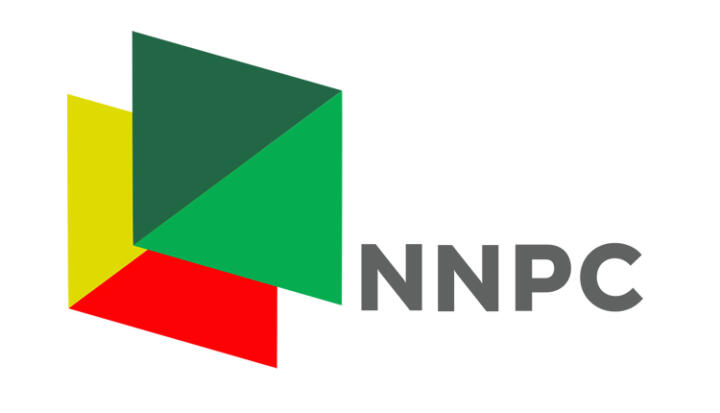The Nigerian National Petroleum Company Limited (NNPC Ltd.) has announced plans to transmit surplus electricity generated by the Port Harcourt Refining Company (PHRC) to the national grid, as part of efforts to enhance power supply and maximize the refinery’s energy output. The move underscores the company’s commitment to energy optimization, industrial efficiency, and supporting Nigeria’s quest for stable electricity generation.
According to senior officials of NNPC Ltd., the initiative aims to ensure that excess power produced by the refinery — which is being revitalized under the ongoing rehabilitation project — is effectively utilized rather than wasted. The Port Harcourt Refinery, located in Rivers State, operates its own independent power generation system, originally designed to sustain refining operations. However, due to upgrades and increased generation efficiency, it now produces more electricity than it requires for internal use.

In a statement issued by the NNPC management, the company emphasized that the integration of PHRC’s stranded power into the national grid aligns with the Federal Government’s broader strategy to harness all available energy resources to address Nigeria’s chronic electricity shortfall. “The Port Harcourt Refinery has the capacity to generate substantial megawatts of power. The decision to feed the excess into the national grid is a strategic contribution toward improving the country’s power supply and promoting industrial productivity,” the statement read.
The announcement comes at a time when Nigeria continues to grapple with unstable power supply, with generation often fluctuating between 3,500MW and 4,800MW despite a national demand exceeding 20,000MW. The NNPC’s plan is therefore seen as a crucial intervention to boost supply from non-conventional sources and improve grid reliability.
Energy experts have lauded the move as a step toward better resource management and cross-sector collaboration. They argue that NNPC’s plan demonstrates the possibility of synergy between Nigeria’s oil and power sectors — two industries historically plagued by inefficiencies and operational isolation. “This initiative shows that Nigeria can achieve greater output if industries work in partnership. The idea of utilizing refinery-generated power for public benefit is both economical and forward-looking,” said Dr. Olumide Akinola, an energy analyst based in Lagos.
The Port Harcourt Refinery, with a nameplate capacity of 210,000 barrels per day, is currently undergoing comprehensive rehabilitation led by NNPC and its contractors. Recent updates from the company suggest that mechanical completion of the first phase has been achieved, with production tests already in progress. Officials disclosed that part of the infrastructure improvements included the overhaul of the refinery’s power generation systems, making them more efficient and capable of producing consistent output.
According to sources familiar with the project, the refinery’s embedded power plant now generates well above its operational requirements, creating an opportunity to export electricity to the grid through the Transmission Company of Nigeria (TCN). Technical teams from both NNPC and TCN are said to be working closely to develop an interconnection framework that would enable seamless integration of the stranded power into the grid.
In recent years, several government-owned facilities have produced excess power but lacked the infrastructure to feed it into the grid, leading to wastage. The PHRC initiative marks one of the first coordinated efforts to capture such stranded capacity for national use. Officials said the model could be replicated across other industrial sites, including refineries, steel plants, and cement factories that generate their own power.
The NNPC’s Managing Director for Refineries, Mr. Bello Rabiu, explained that the plan would contribute to Nigeria’s broader energy diversification agenda. “Our objective is to ensure that no unit of energy produced within NNPC facilities goes unused. The Port Harcourt Refinery is now capable of generating surplus power, and we are working with relevant agencies to channel it to the grid for public benefit,” Rabiu said.
He added that the initiative complements the government’s Renewed Hope energy strategy, which prioritizes improved access to electricity for both households and industries. “As Nigeria industrializes, reliable energy becomes non-negotiable. This is one of our contributions to national development,” he stated.
Industry observers say the move could also help reduce Nigeria’s dependence on gas-fired generation, which currently accounts for more than 70 percent of grid supply. By leveraging embedded power from industrial sources, the country could diversify its energy mix and create room for more localized generation.
However, experts have cautioned that effective implementation will require strong coordination between NNPC, the Nigerian Electricity Regulatory Commission (NERC), and the TCN. They emphasize the need for a clear pricing and distribution mechanism to ensure the power is efficiently transmitted without losses.
“This is a laudable idea, but it must be backed by technical planning and regulatory clarity,” said energy consultant Chinyere Obi. “We must avoid the bureaucratic bottlenecks that have hindered past efforts to integrate embedded power.”
The development also holds potential benefits for the Niger Delta region, where the refinery is located. Beyond supplying electricity to the national grid, the project could enhance local industrial activity, improve community access to power, and attract investment to the area.
For NNPC Ltd., this initiative forms part of its broader transformation into an integrated energy company. The firm has been expanding its footprint beyond traditional oil and gas operations into power generation, renewables, and other segments of the energy value chain.
As the Port Harcourt Refinery nears full operational status, officials say the surplus electricity plan could begin implementation before the end of 2025. The company reiterated that it remains committed to supporting Nigeria’s energy transition and ensuring that the refinery’s output serves multiple economic purposes.
With the refinery’s rehabilitation nearing completion and its embedded power plant fully operational, the new development is poised to play a crucial role in strengthening Nigeria’s electricity supply. Stakeholders believe that, if sustained, this model could redefine the relationship between the petroleum and power sectors — transforming surplus energy into a national asset rather than wasted capacity.
Support InfoStride News' Credible Journalism: Only credible journalism can guarantee a fair, accountable and transparent society, including democracy and government. It involves a lot of efforts and money. We need your support. Click here to Donate
